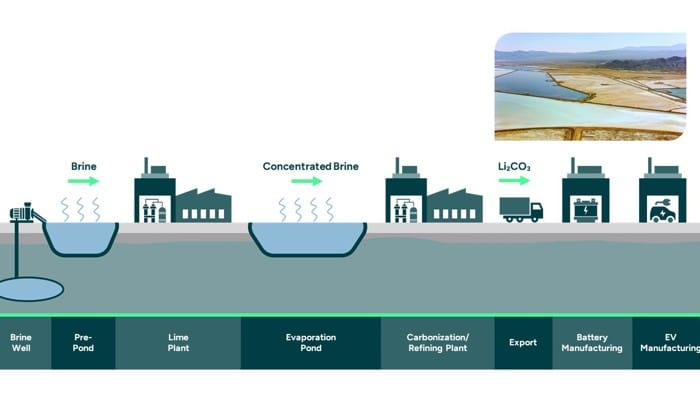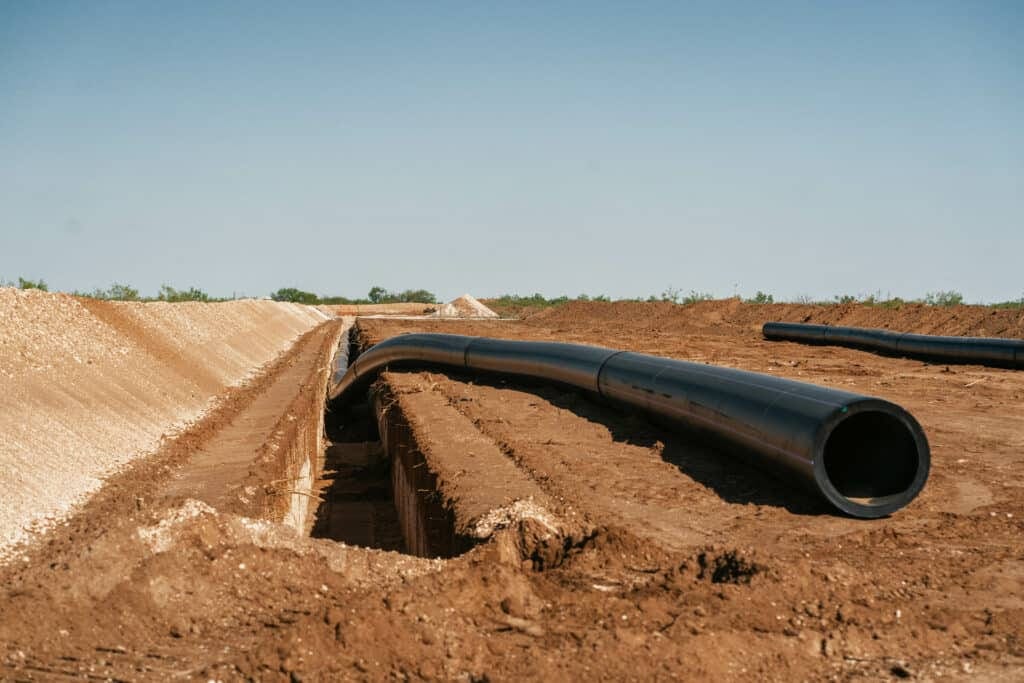In recent years, the global demand for lithium has surged, principally driven by the exponential growth in electric vehicle (EV) production and the increasing need for energy storage solutions. This has prompted a closer examination of lithium mining, an intricate process influenced by various geological, technological, and economic factors. This blog post delves into the lithium mining process, the distribution of lithium minerals worldwide, and an overview of notable mining companies operating in this sector. dcpipe pipeline expert

Understanding the Mining Process
The lithium extraction process encompasses several stages, beginning with exploration and ending with the production of final lithium products. Here’s a detailed breakdown of each step involved:
1. Exploration and Development:
The journey to lithium mining begins with exploration. Exploration geologists employ various methods, including geological mapping, geochemical sampling, and geophysical surveys, to identify potential lithium-rich deposits. Once a deposit is located, it’s subjected to detailed drilling and sampling to determine its size, grade, and feasibility for development.
2. Mining Methods:
Depending on the type of lithium source, different mining techniques may be employed. There are two primary forms of lithium extraction:
- Hard Rock Mining: In this method, lithium is extracted from spodumene, a lithium-bearing mineral found in igneous rocks. The mining process involves traditional techniques such as open-pit mining or underground mining. Once extracted, spodumene is crushed and heated in a kiln to convert it to a more reactive form, allowing for lithium extraction through chemical processes.
- Lithium Brine Extraction: This technique is utilized for lithium found in salt flats or salars. In this method, brine is pumped from beneath the earth’s surface, often from aquifers. The brine is then evaporated in large ponds to concentrate the lithium content over several months. The remaining brine is treated with chemicals to precipitate lithium carbonate or lithium hydroxide, which are the two main forms of lithium used in various applications.
3. Processing and Refinement:
The extracted materials, whether from hard rock or brine, undergo various chemical processes to separate lithium from other minerals and impurities. For hard rock mining, the spodumene concentrate undergoes a series of crushing, grinding, and flotation processes, while lithium brine processing relies heavily on evaporation and chemical reactions to produce lithium salts.
4. Environmental and Social Considerations:
Lithium mining, albeit essential for sustainability transitions, carries environmental and social implications. Effective management strategies must be adopted to mitigate water usage, habitat disruption, and the impacts on local communities. Increasingly, mining companies are integrating sustainable practices and engaging with local stakeholders to ensure responsible mining operations.

Global Distribution of Lithium Deposits
Lithium is widely distributed around the world, but its most economically viable deposits are concentrated in specific regions, often referred to as the “Lithium Triangle.” This area encompasses parts of Argentina, Bolivia, and Chile, where vast salt flats hold substantial brine reserves.
Key Regions:
- South America:
- Chile: The Salar de Atacama is one of the richest lithium sources in the world. The brine from this salt flat is known for its high lithium concentration, making it a leading supplier globally.
- Argentina: Home to the Lithium Triangle, Argentina has numerous brine deposits, particularly in the salts of the Puna region.
- Australia:
- Known as the world’s largest producer of hard rock lithium, Australia boasts some of the most significant spodumene deposits, particularly in Western Australia. The Greenbushes mine stands out as one of the largest lithium mines globally.
- China:
- China has a diverse range of lithium sources, including hard rock and brine deposits. It is also a significant player in lithium processing and battery manufacturing.
- North America:
- The United States has notable deposits, especially in Nevada, with projects such as the Silver Peak mine. The lithium resources in North Carolina are also being reevaluated as demand increases.
Prominent Lithium Mining Companies
Several companies have emerged as leaders in the lithium mining sector, pushing forward with both production and technological advancements in lithium extraction. Here are some noteworthy entities:
1. ALBEMARLE CORPORATION:
As one of the largest producers of lithium globally, Albemarle operates lithium brine operations in the Salar de Atacama and various hard rock operations in Australia. The company’s commitment to sustainable practices has garnered investor interest.
2. SQM (Sociedad Química y Minera de Chile):
SQM is a prominent player in the lithium brine sector and has been engaged in lithium production in Chile for decades. Their strategic alliances and investments have positioned them as a leader in the Latin American market.
3. LITHIUM AMERICAS:
Focused on developing the Cauchari-Olaroz lithium brine project in Argentina, Lithium Americas aims to produce battery-grade lithium. The company is notable for its commitment to environmentally responsible mining practices.
4. GFL (Galaxy Resources Limited):
With operations in Western Australia and projects spanning various phases of lithium production, Galaxy Resources is expanding its footprint in the hard rock lithium market. They emphasize sustainable mining techniques and community engagement.
5. LIVENT CORPORATION:
This company specializes in lithium hydroxide production and operates primarily in North America and South America. Livent has taken significant strides towards increasing production capacity amid rising demand for electric vehicle batteries.
Conclusion
As the world transitions towards renewable energy and electric mobility, understanding the lithium mining process, the global distribution of mineral reserves, and the companies driving this industry becomes ever more critical. The lithium sector is poised for significant growth, yet it must navigate the complexities of environmental stewardship and community relations. By adopting best practices in sustainability and innovation, the lithium mining industry can align itself with global goals for a cleaner, greener future.
As we look forward, continuous advancements in mining technology and sustainable practices will play a crucial role in ensuring that lithium remains a key component in powering the electrification of our transportation systems and energy solutions for generations to come. dcpipe pipeline expert

